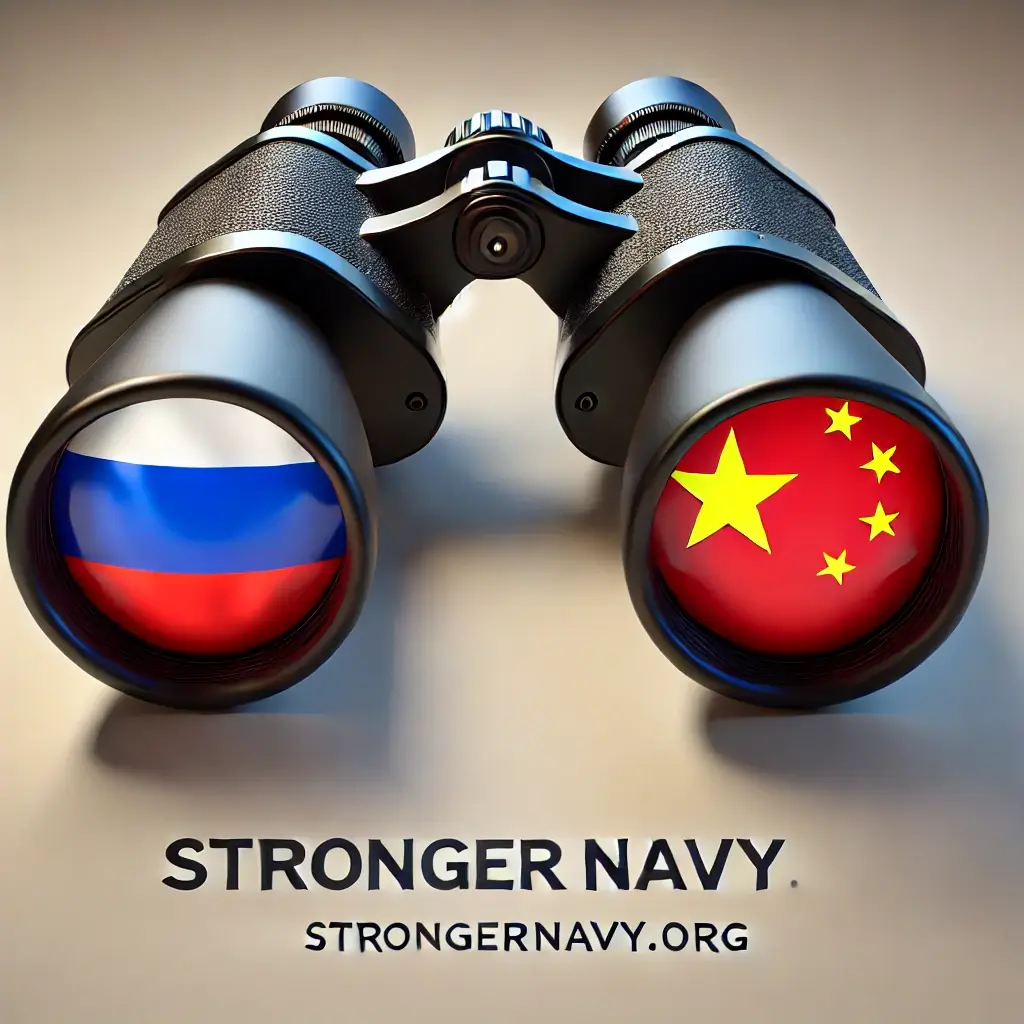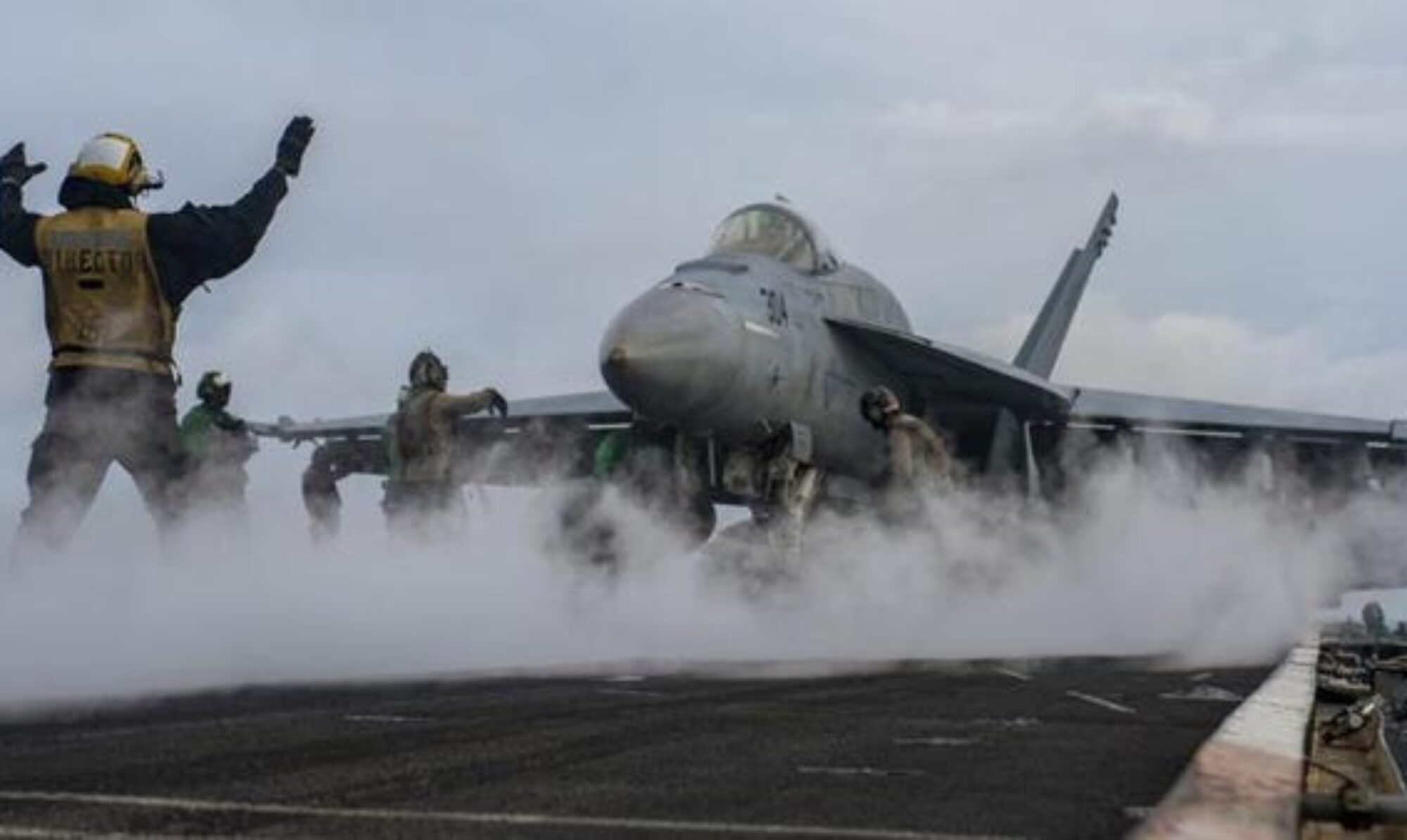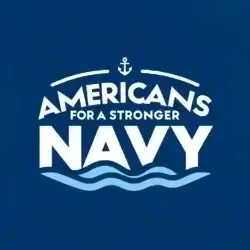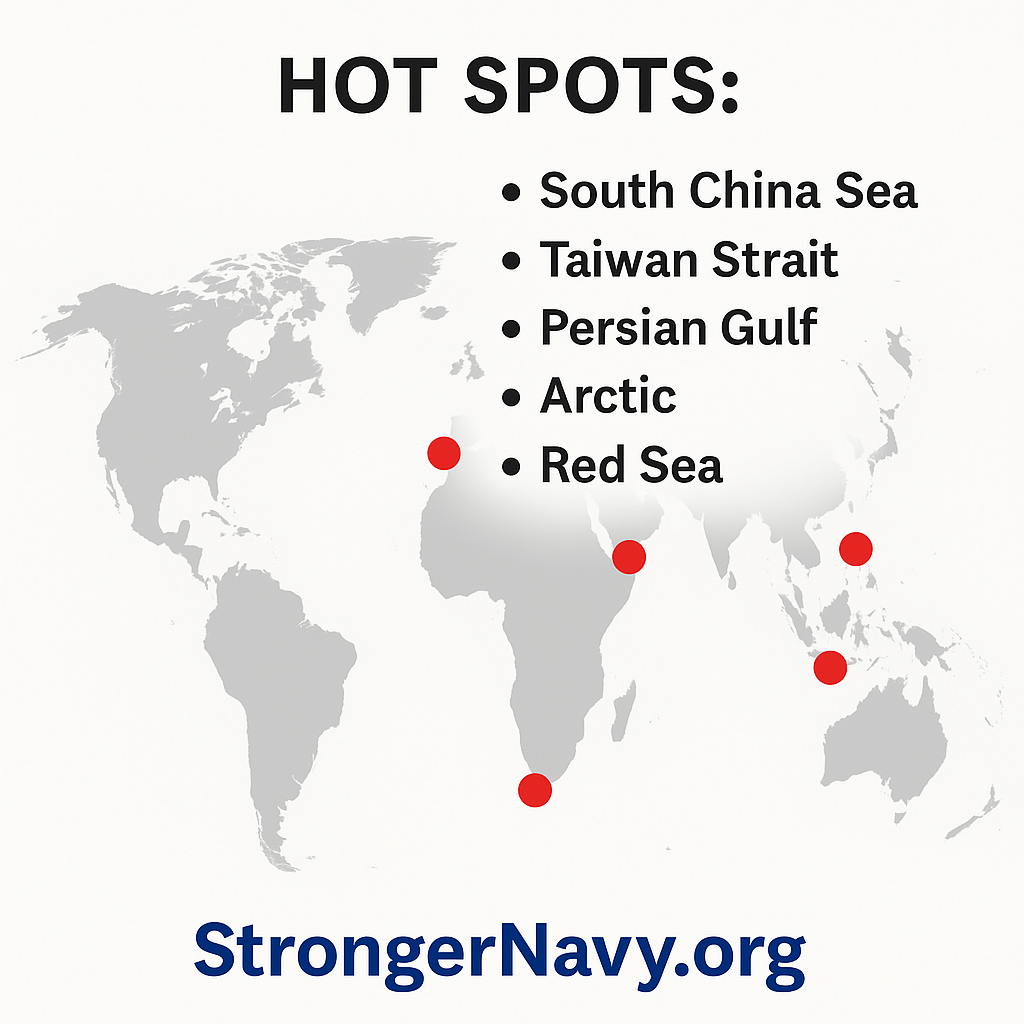
A Review of Heritage Foundation Report BG3902 by Americans for a Stronger Navy
Introduction
The Heritage Foundation’s latest report, “Arming for Peace: Expanding the Defense Industrial Base and Arming Taiwan Faster” (BG3902), echoes what Americans for a Stronger Navy has been sounding the alarm on: The threats facing the United States are real, escalating, and dangerously close to overwhelming our current naval capabilities. As Brent Sadler writes, the time for talk has passed. Action is overdue. If we don’t mobilize now, America risks losing the ability to deter war and defend freedom in the Indo-Pacific and beyond.
As Sadler states: “As Americans go about their daily lives unmolested, the world is accelerating in its change—much of it perilous to U.S. national survival.” He warns that “on the back of a decades-long sustained military build-up, China’s military is increasingly confident and willing to directly challenge the U.S.”
His call to action is clear: “The U.S. must restore ebbing national deterrence and prevent a war in Asia—while not ceding its democratic way of life and prosperity for the next generations.”
Key Findings That Should Wake America Up
China is preparing for war. Admiral Davidson’s 2021 warning that China could strike Taiwan by 2027 has not only proven prescient, it’s now backed by an unprecedented military buildup. China has conducted massive joint-force invasion rehearsals and increased provocations around Taiwan. As Brent Sadler put it, “Aggressive maneuvers around Taiwan right now are not exercises, as they call them. They are rehearsals.”
That warning was underscored this week when the Chinese military launched large-scale joint drills around Taiwan, including its Shandong aircraft carrier battle group. According to China’s own Eastern Theater Command, these drills are a “severe warning and forceful containment against Taiwan independence.” With missile forces, air strikes, and blockade rehearsals now unfolding, many in Taiwan — and around the world — are rightfully concerned. Sadler’s insights about China’s evolving risk tolerance add important context to these real-time developments.
Further validating the urgency, the U.S. Naval War College’s China Maritime Report No. 14 found that Chinese analysts themselves believe the PLA has narrowed the gap with the U.S. military, especially in its immediate region. “There is consensus in China that the PLA has narrowed the gap in overall military capabilities with the United States over the last two decades,” the report notes.
Russia and China are approaching U.S. shores. Testimony from U.S. Northern Command chief Gen. Gregory Guillot before Congress confirmed that joint Russian-Chinese military patrols have entered the U.S. Air Defense Identification Zone near Alaska — levels not seen since before the Ukraine war began. One coordinated flight last July saw Russian TU-95 and Chinese H-6 bombers test U.S. response time. This should serve as a wake-up call: our adversaries are not just projecting power near Taiwan, they’re probing U.S. airspace and waters closer to home. As Politico reported, Chinese “dual-use” vessels under scientific pretenses are mapping the Arctic for future military operations.
U.S. deterrence is fading. Years of underinvestment in shipbuilding and naval readiness have created dangerous gaps. Delays in weapons deliveries, inadequate port infrastructure, and a depleted missile defense stockpile are symptoms of a nation unprepared for a prolonged maritime conflict. As Sadler warns, “Failing to act… could result in the most destructive and consequential war the U.S. has ever had to fight.”
The Navy is stretched thin. The U.S. Navy has sustained an aggressive forward presence, but at great cost. Ship wear, sailor fatigue, and insufficient repair capacity are taking their toll. The grounding of the USNS Big Horn disrupted combat ops in the Red Sea, highlighting our logistical fragility. Sadler notes, “This comes at a cost in added wear on the ships and sailors reliant on a logistics infrastructure of ports, support ships, and dry docks too few to assure contested forward naval operations.”
The world is on fire. From Ukraine to the Red Sea to the Arctic, our adversaries are watching and testing U.S. resolve. China, Russia, Iran, and North Korea now operate more boldly, confident in America’s disunity and domestic distraction.
Taiwan is not a distant concern. More than 80,000 Americans live, work, or travel there. A war over Taiwan would drag us into conflict, devastate global supply chains, and send shockwaves through the U.S. economy. As Sadler puts it plainly, “Taiwan is where over 80,000 Americans live, work, or travel on any given day.”
China’s geographic advantage cannot be ignored. According to the CMSI report, Chinese military capabilities are particularly potent within the First Island Chain, which includes Taiwan. “Chinese capabilities may…contest U.S. supremacy in scenarios close to home,” the report warns. That’s where deterrence matters most—and where readiness is most urgently needed.
Why Americans Should Care
This is not just a Navy problem. It’s an American problem. Delays in defense production, weak infrastructure, and an uninformed public are national vulnerabilities. If Americans fail to understand what is at stake, we will fail to hold our leaders accountable. And if we fail to act, we will be forced to react under far worse circumstances.
A strong Navy protects freedom of navigation, global trade, energy security, and the American way of life. Without it, our adversaries will decide what happens in the Taiwan Strait, the Red Sea, the South China Sea — and now, even the Arctic.
What the Navy Needs Now
A modern Naval Act. We need a 21st-century version of the pre-WWII Naval Act to rapidly rebuild shipyards, expand production, and modernize our fleet. Sadler calls this “a promising first step to regain the ability to sustain a wartime economy in a prolonged war with China.”
Real investment in maritime infrastructure. Ports, dry docks, and logistics support are vital national security assets that must be revitalized now.
Faster arms deliveries to Taiwan. The delays in Harpoon, Javelin, and Stinger deliveries must be resolved. Taiwan’s ability to defend itself is our first line of deterrence. Sadler emphasizes that “how the new Administration responds and accelerates the arming of Taiwan will be key in sustaining the military balance and peace in the near term.”
A unified national strategy. We must operate differently — with diplomatic, economic, and military efforts aligned. Naval statecraft must be at the heart of this new Cold War strategy. Sadler emphasizes, “Naval statecraft is the recommended way forward; that is, a maritime strategic framework for using American power.”
The CMSI report reminds us that training, human capital, and logistics remain U.S. advantages. While China may be catching up in hardware, “Chinese training still lags. The gap in the software [human resources and development] is even bigger,” the report notes. But these gaps can close — unless we act now to protect and reinforce our edge.
An Engaged and Educated Public
At Americans for a Stronger Navy, we believe in peace through strength. But strength requires public awareness, buy-in, and civic action. That’s why we launched the Americans for a Stronger Navy Educational Series — to help Americans understand the stakes, the history, and the path forward.
We invite every reader to check out and sign up for the Educational Series on StrongerNavy.org. Learn what makes our Navy vital to our security and prosperity. Share it with others. Talk about it. Get involved.
Conclusion
We are not powerless. But we must not be silent. The Heritage Foundation, the U.S. Naval War College, and recent military testimony to Congress all point to the same reality: America is in the early stages of a long contest with near-peer adversaries, and we must prepare now.
It’s time for Americans to wake up, stand up, and demand a Navy that is ready not just for today’s threats, but tomorrow’s challenges.
America needs a stronger Navy. And the Navy needs a stronger America behind it.


